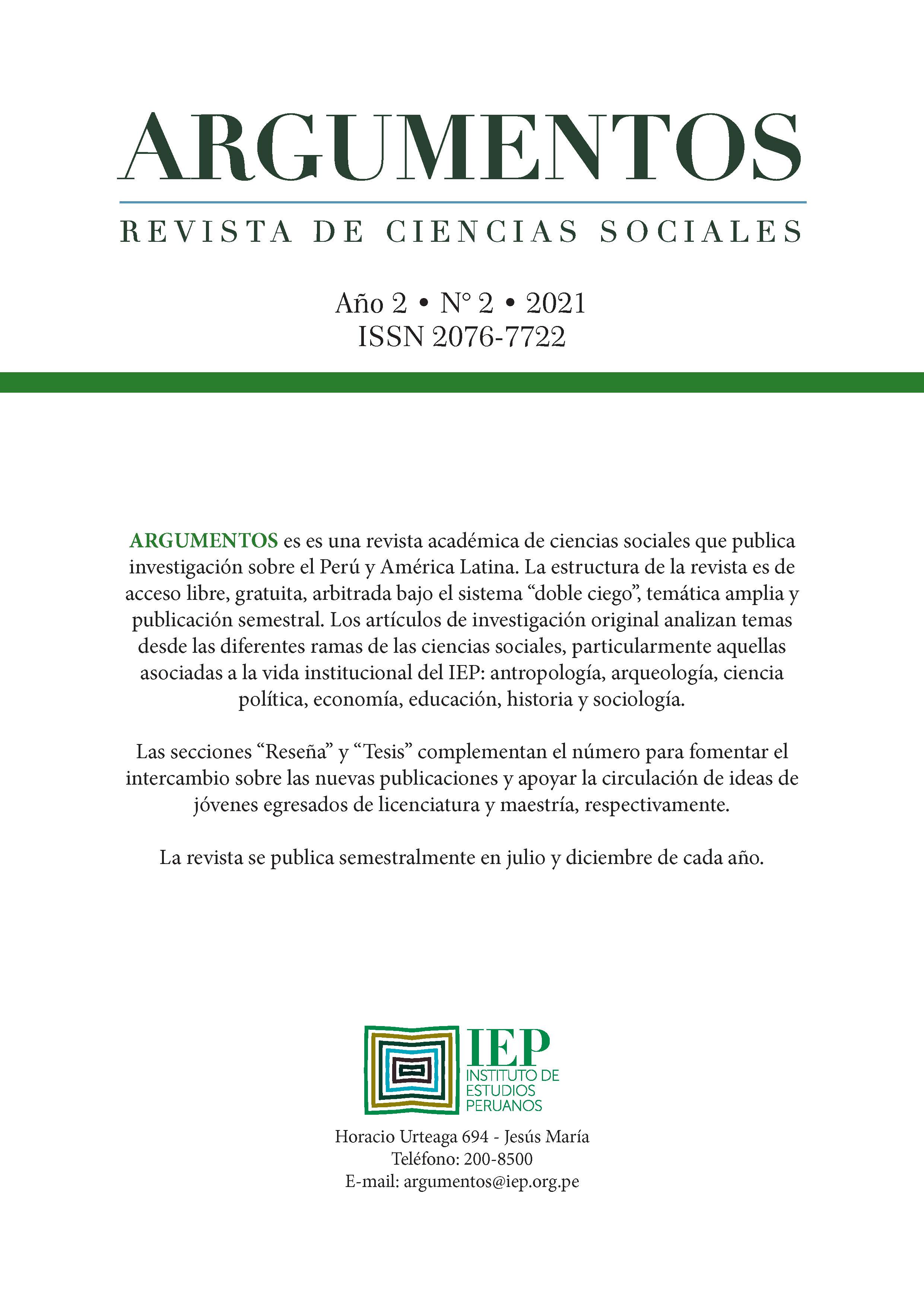Policies that hurt. Impact of forced sterilizations on the mental health of women in the province of Chumbivilcas
Abstract
Between 1996 and 2001, the Peruvian government sterilized 272,028 women, primarily from rural areas and living in poverty, through the National Program for Reproductive Health and Family Planning (PNSRPF). The violation of human rights under this policy has been extensively documented; however, the effects on the mental health of affected women have been little explored, considering their meanings and experiences, given the social and cultural context in which notions of well-being and ill-being are established. This study explored the consequences of forced sterilization on the mental health of women in the province of Chumbivilcas, Cusco, by examining their experiences and meanings, using psychological suffering as a framework. It also sought to generate reflections from the perspective of those affected to contribute to the debate on mental health reparation policies for this population. The results reflect the experiences in the immediate context of forced sterilization, as well as its consequences, by exploring the resulting repercussions on the daily lives of the women interviewed.
References
Augsburger, A. (2002). De la epidemiología psiquiátrica a la epidemiología en salud mental: el sufrimiento psíquico como categoría clave. Cuadernos Médico-Sociales 81:61-75. Centro de Estudios Sanitarios y Sociales.
Augsburger, A. (2004). La inclusión del sufrimiento psíquico: un desafío para la epidemiología. Psicología & Sociedade, 16(2): 71-80.
Augsburger, A.; Gerlero, S. (2005). La construcción interdisciplinaria: potencialidades para la epidemiología en salud mental. KAIRÓS, Revista de Temas Sociales – Universidad Nacional de San Luis, 9(15):1-10.
Burin, M. (1996). Género, psicoanálisis y subjetividad. Buenos Aires, Argentina: Paidós.
Castro, E. (2011). Lecturas Foucaulteanas. Una historia conceptual de la biopolítica. Buenos Aires: UNIPE: Editorial Universitaria.
Foucault, M. (2007). Nacimiento de la biopolítica: curso en el College de France: 1978-1979. Buenos Aires, Argentina: Fondo de Cultura Económica.
Molina, A. (2017). Esterilizaciones (forzadas) en Perú: Poder y configuraciones narrativas. Revista de Antropología Iberoamericana. 12(1): 31-52. DOI: 10.11156/aibr.120103.
Pedersen, D. (2006). Lllaki-Ñakary: Explorando el mapa semántico de la aflicción y sufrimiento en la región alto-andina de Ayacucho. Revista de psiquiatría y salud mental Hermilio Valdizán. VII (1) pp. 3-10.
Poole, D. (1987). Qorilazos, abigeos y comunidades campesinas en la provincia de Chumbivilcas. En Flores, A. (Ed.), Comunidades campesinas. Cambios y permanencias. (pp. 257-289). Lima, Perú: EXODO.
Segato, R. (2014) Las nuevas formas de guerra y el cuerpo de las mujeres. Puebla, México: Pez en el árbol.
Theidon, K. (2004). Entre prójimos. El conflicto armado interno y la política de reconciliación en el Perú. Lima: Instituto de Estudios Peruanos.
Villena, A. (1987). Qorilazo y región de refugio en el contexto andino. Lima, Perú: Peñarol.
Copyright (c) 2021 Paola Urruchi Béjar

This work is licensed under a Creative Commons Attribution 4.0 International License.








